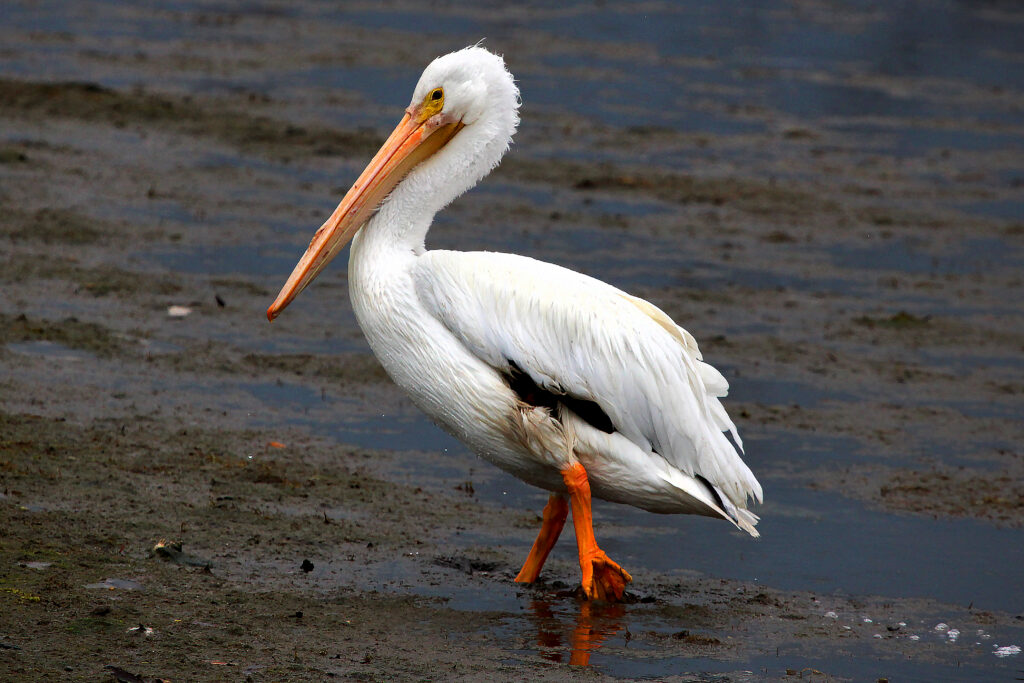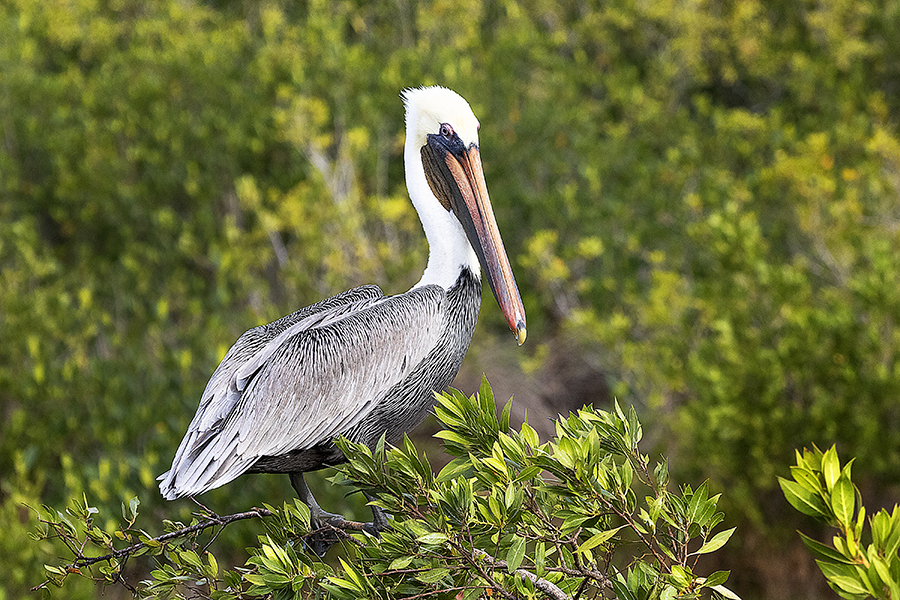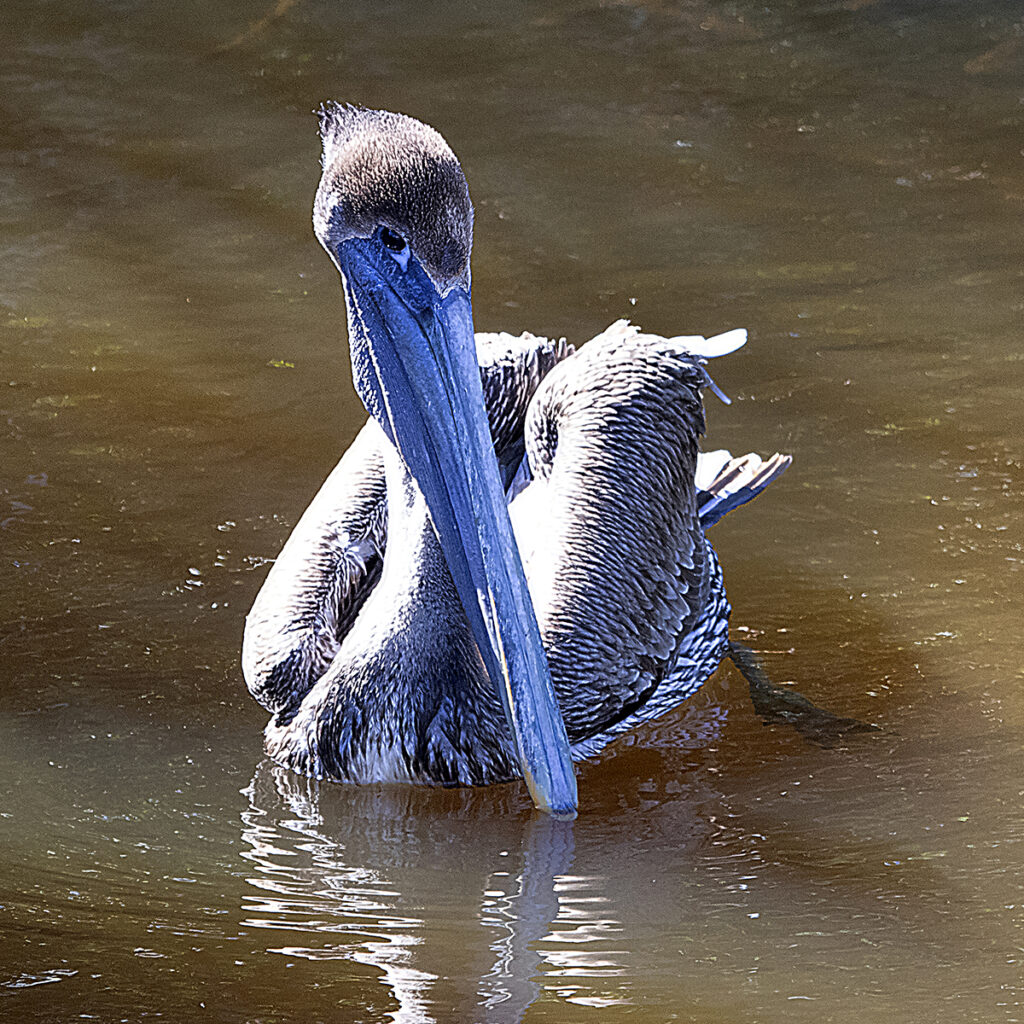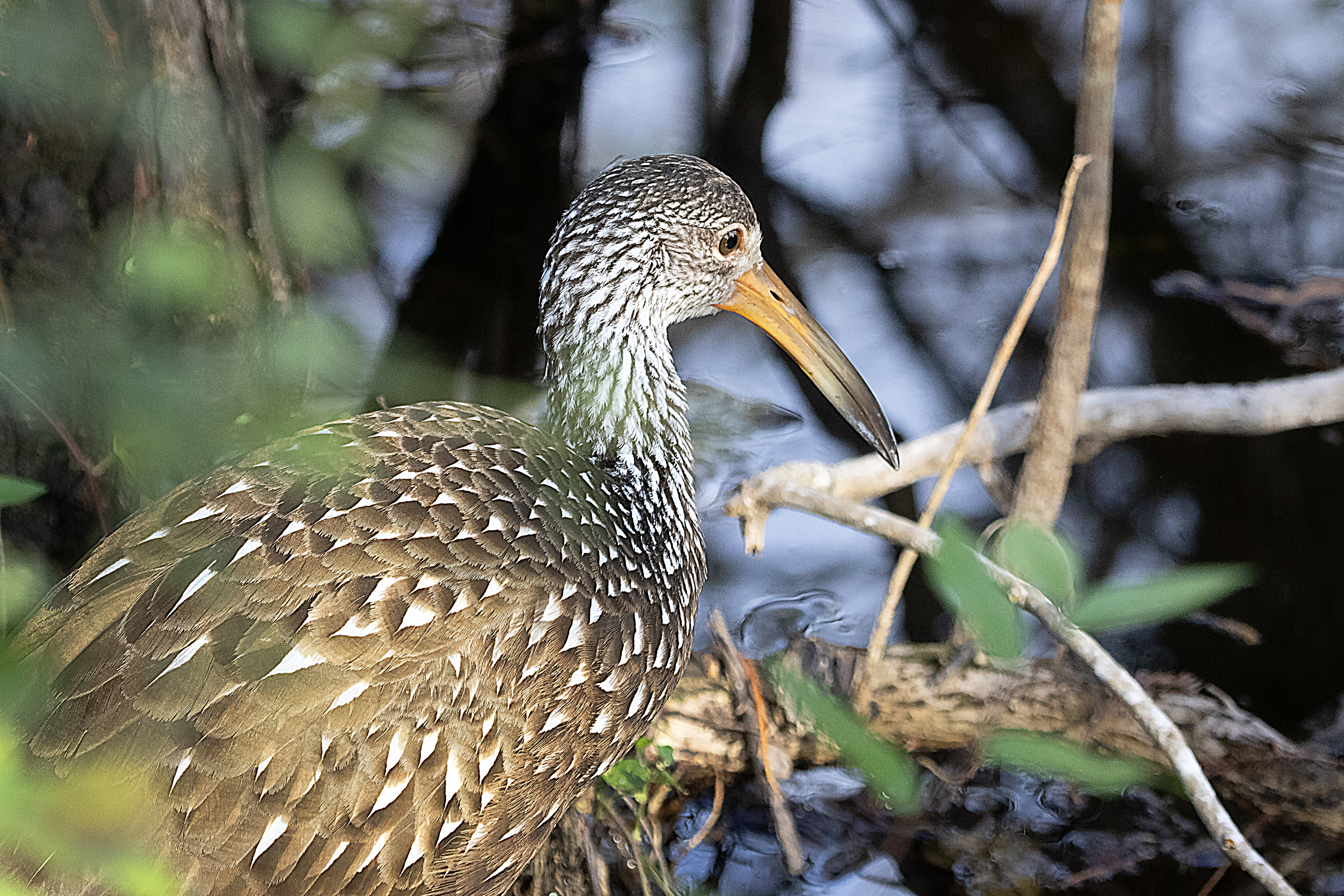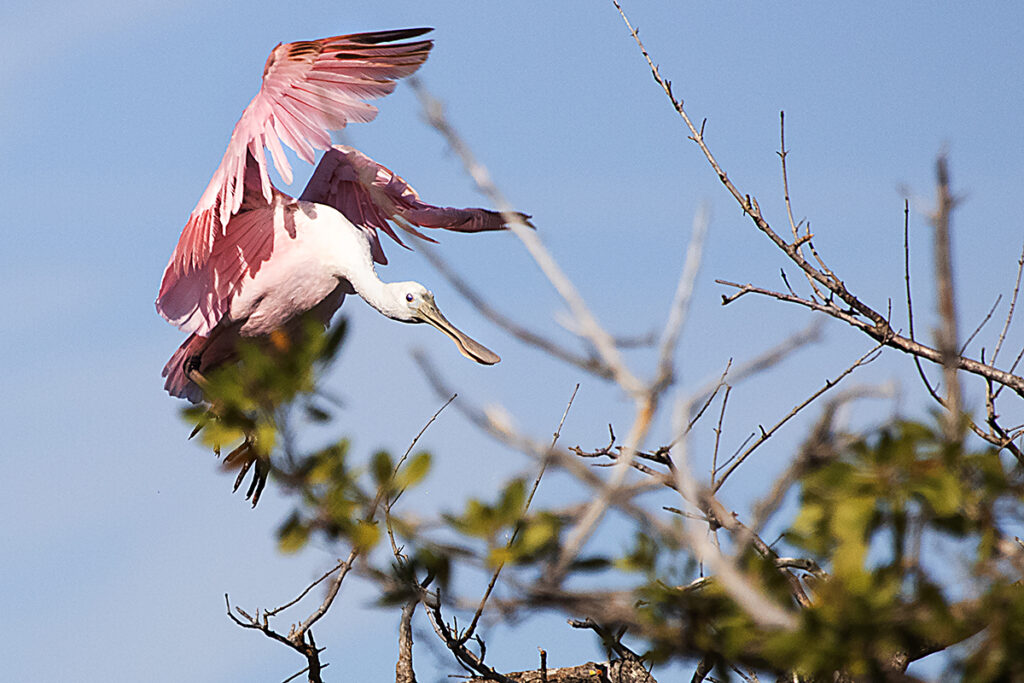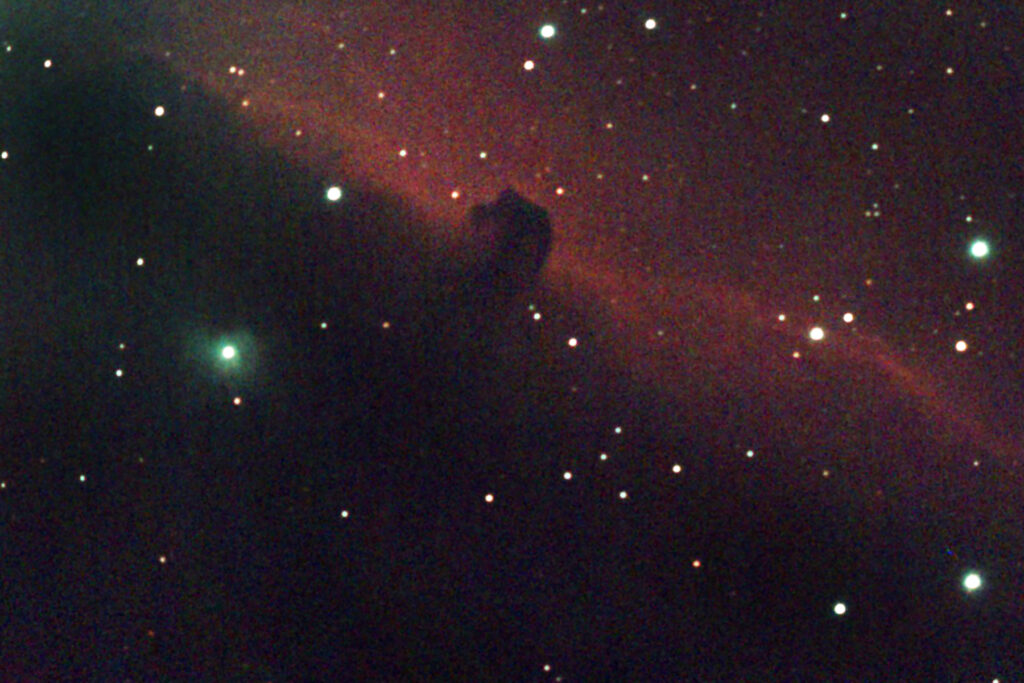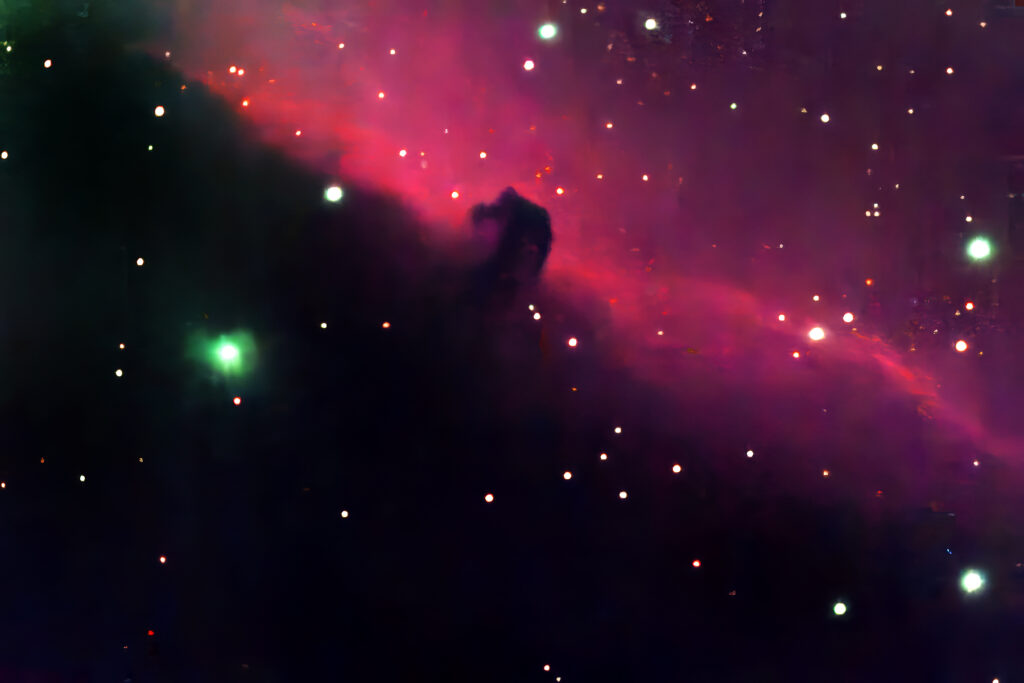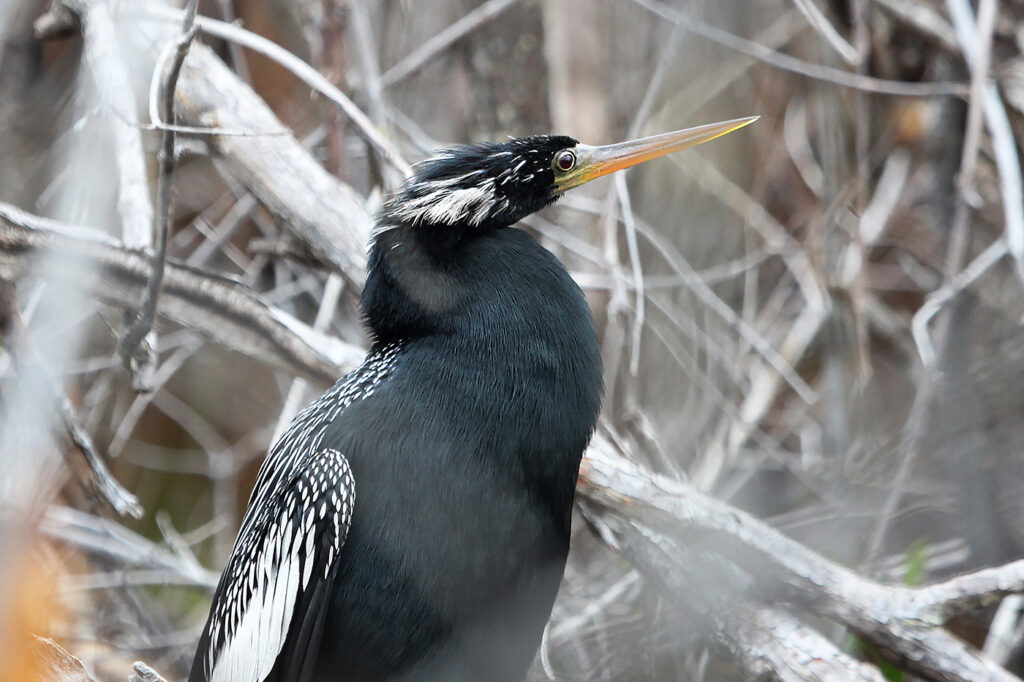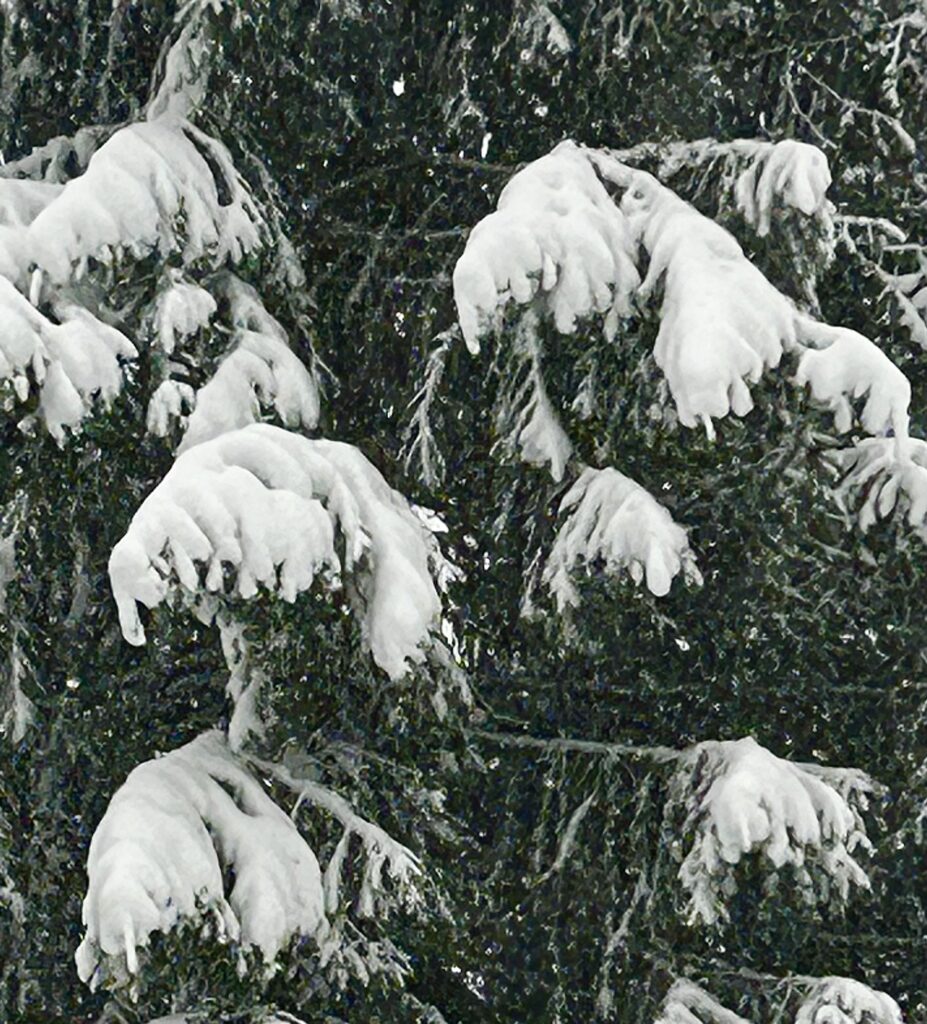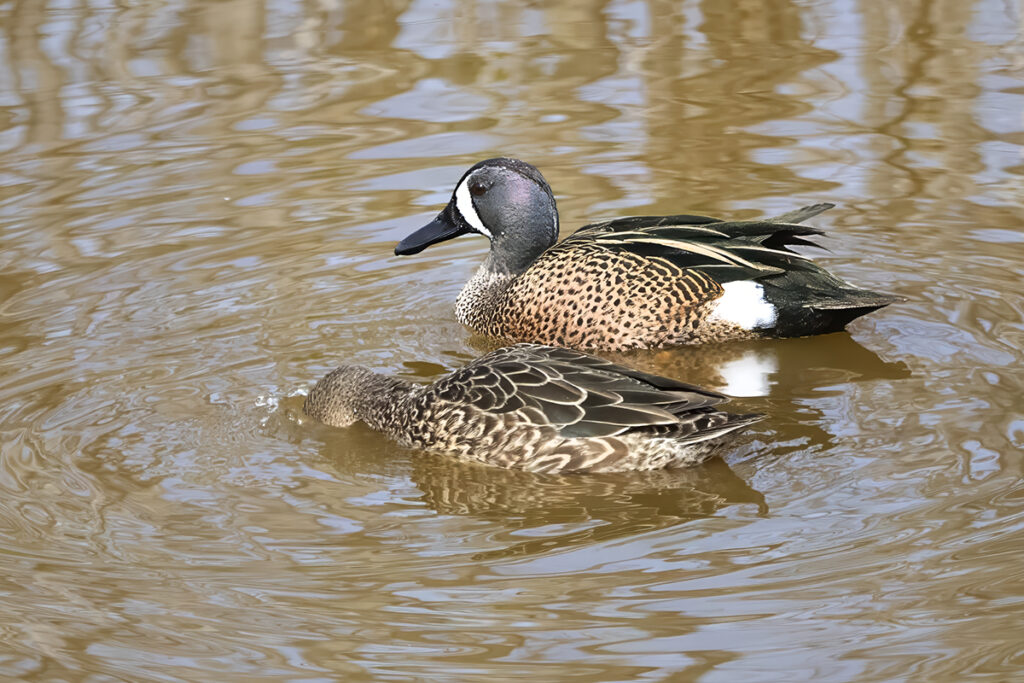
My image today, Figure 1, is of a mating pair of blue-winged teals. Again this was captured at the Ding Darling National Wildlife Refuge. I thought that I would deviate from the usual male female, side-by-side, capture and show my pair with the female’s head under the water. These are quintessential dabbling ducks and this beneath the surface movement of head and bill as a means of searching for food is referred to as “dabbling.”
I find that there is something beautiful about ducks and I am always delighted to encounter a new, for me, species. The plumage of the blue-winged teal is particularly spectacular, and this pair, whose image did not really require “sharpening” was made to really “pop” by Topaz PhotoSharpen.

